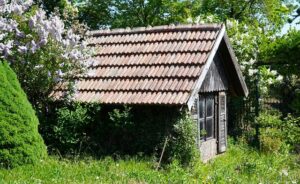In the Riverina region of New South Wales, farm sheds are indispensable for the dynamic agricultural sector, providing multifunctional spaces that support year-round farming activities. These sheds, constructed with durable materials like Colorbond steel to withstand extreme weather, serve as shelters for livestock, machinery storage, and maintenance workshops. They also facilitate grain drying, bulk handling, and efficient harvesting, enhancing the region's agricultural productivity and economic success. The strategic design of these sheds incorporates energy efficiency, natural lighting, and ventilation systems to protect stored produce and minimize operational costs. Sustainable materials and designs are chosen to reduce environmental impact while maximizing functionality. The transformation in farm shed construction in Riverina reflects a commitment to integrating advanced technologies and innovative materials, promoting eco-friendly practices through the integration of solar panels. The region's farmers invest in these sheds not only for their immediate utility but also as strategic assets contributing to sustainability and economic viability. A stringent regulatory framework guided by NSW Government agencies ensures sustainable farm shed development, while financial incentives like the Farm Infrastructure Fund and Regional Development Australia Murray-Riverina's support encourage farmers to upgrade their infrastructure, with the aim of boosting efficiency, productivity, and profitability. This holistic approach underscores the NSW Government's dedication to advancing agricultural infrastructure sustainably and economically within the region.
Exploring the integral role of farm sheds in the Riverina’s agricultural landscape, this article delves into the design, construction, and organization of these pivotal structures. From material selection to regulatory compliance, discover how modern technologies and efficient layouts are revolutionizing storage solutions for NSW farms. Whether it’s optimizing space or adhering to local guidelines, understand the key factors in creating durable and functional farm sheds tailored for Riverina’s unique agricultural needs.
- Understanding the Role of Farm Sheds in Riverina NSW Farms
- Design Considerations for Efficient and Durable Farm Sheds in Riverina
- Materials and Technologies Shaping Modern Farm Shed Construction in Riverina
- Types of Farm Sheds Suitable for Riverina's Agricultural Activities
- Maximizing Storage and Functionality: Best Practices for Farm Shed Organization
- Regulatory Framework and Financial Incentives for Farm Shed Development in Riverina
Understanding the Role of Farm Sheds in Riverina NSW Farms
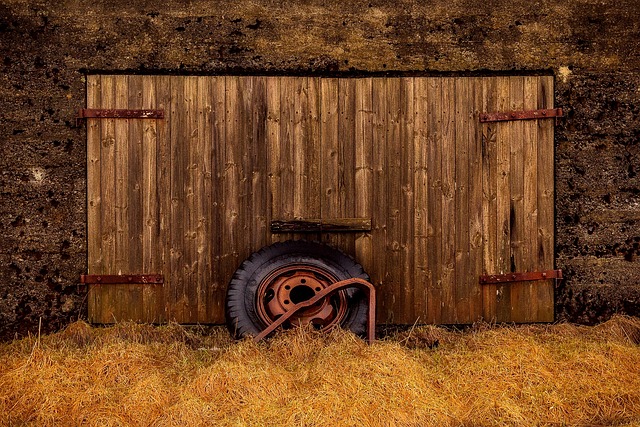
In the expansive and diverse agricultural landscape of the Riverina region in New South Wales, farm sheds are indispensable components of modern farming operations. These structures serve as multifunctional spaces that support the year-round activities essential to the region’s robust agricultural sector. Farm sheds provide shelter and protection for machinery, crops, and livestock, which are vital to the seasonal demands of farming in the Riverina. The versatility of these sheds allows them to be utilized as storage facilities, workshop areas for maintenance and repair, and even as staging points for harvesting and other fieldwork. Moreover, they play a crucial role in enhancing the efficiency and productivity of farms by offering space for grain drying and bulk handling, which are critical processes in maintaining high-quality produce. The design and construction of these sheds are tailored to withstand the local climate, ensuring that they protect their contents from the harsh elements, including intense sun, high winds, and occasional heavy rainfall. This resilience contributes significantly to the sustainability of Riverina farms, allowing for consistent operations throughout the year and safeguarding against potential loss due to adverse weather conditions. As a result, farm sheds are integral to the economic viability and operational success of farms across the Riverina, embodying the region’s commitment to innovation and efficiency in agriculture.
Design Considerations for Efficient and Durable Farm Sheds in Riverina
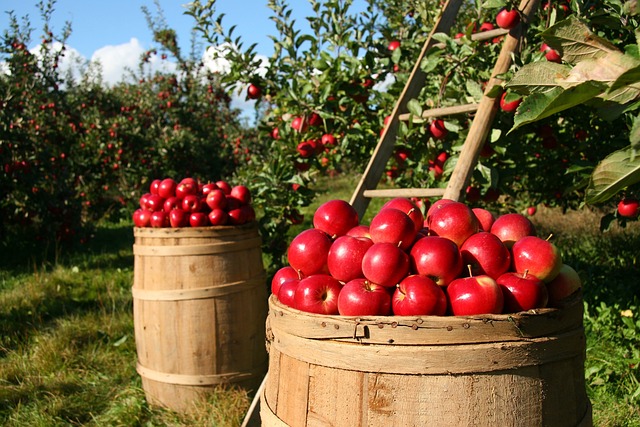
In the Riverina region of New South Wales, the design of farm sheds plays a pivotal role in the efficiency and longevity of agricultural operations. To withstand the harsh conditions prevalent in this area, farm sheds must be engineered to accommodate both heavy precipitation and prolonged droughts. Material selection is critical; durable materials such as Colorbond steel are favored for their resistance to corrosion and ability to endure extreme temperatures. The orientation of the shed should strategically capture natural light while minimizing solar heat gain, a feature that not only promotes energy efficiency but also creates a more pleasant working environment.
Adequate ventilation is essential to maintain air quality and reduce humidity levels inside the shed, which can be detrimental to stored produce and machinery. Designing with ample space for machinery and vehicles, as well as considering easy access for maintenance, ensures operations run smoothly without significant downtime. Additionally, the design should facilitate the natural flow of activities within the shed, from storage to processing, optimizing workflow and reducing labor demands. Farmers in the Riverina must also consider the impact of their sheds on the environment, opting for sustainable materials and designs that minimize the ecological footprint while maximizing functionality.
Materials and Technologies Shaping Modern Farm Shed Construction in Riverina

In Riverina, New South Wales, the evolution of farm shed construction has been significantly influenced by advancements in materials and technologies, enhancing the functionality and sustainability of these agricultural structures. Modern farm sheds are increasingly constructed with durable, low-maintenance materials such as Colorbond steel, known for its robustness against harsh weather conditions prevalent in the region. This material not only extends the lifespan of the shed but also allows for seamless integration with other farming technologies, facilitating a more efficient and organized farm operation. Additionally, the adoption of innovative insulation techniques has improved thermal performance, ensuring comfort for agricultural activities year-round.
The integration of smart design principles and technological advancements is further shaping modern farm shed construction in Riverina. Structural enhancements like adjustable or retractable roof sections cater to different crop storage needs, while energy-efficient lighting and ventilation systems reduce operational costs. Furthermore, the incorporation of solar panels on these sheds aligns with the region’s commitment to renewable energy, reducing carbon footprint and promoting sustainable agricultural practices. These developments underscore a commitment to progress within the farming community, as they seek to balance traditional methods with cutting-edge solutions in farm shed design and construction.
Types of Farm Sheds Suitable for Riverina's Agricultural Activities
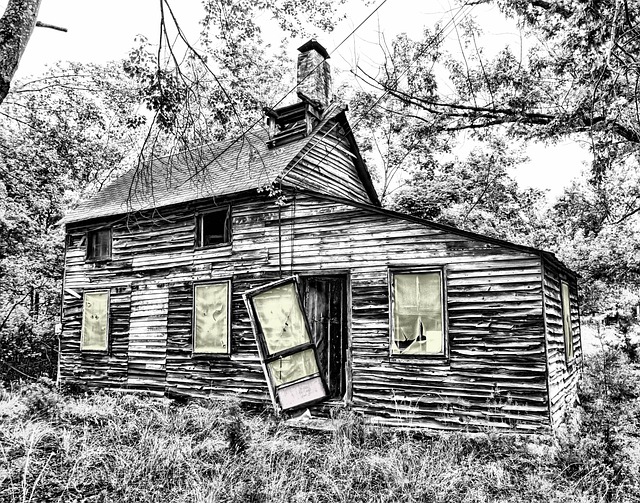
In the Riverina region of New South Wales, farm sheds serve as indispensable assets for agricultural activities, catering to the diverse needs of the area’s farming operations. The climate and terrain of the Riverina necessitate structures that are robust and adaptable. Steel frame sheds are particularly popular due to their durability and low maintenance requirements. These sheds can be designed to house a variety of livestock, from sheep to cattle, offering protection against the region’s harsh elements. Additionally, these structures are ideal for storing agricultural machinery and equipment, ensuring they remain in optimal condition throughout the year.
Furthermore, Riverina farms require specialized sheds for crop storage and processing. Grain sheds with aeration systems are essential to maintaining grain quality post-harvest. Machinery sheds are tailored to accommodate large farming equipment, providing shelter that protects from dust, wind, and precipitation. The design of these farm sheds often incorporates energy efficiency and natural lighting solutions to reduce running costs and provide a safer working environment. With a range of sizes and configurations, farm sheds in the Riverina are not just functional; they are a strategic investment for the sustainability and profitability of local farming enterprises.
Maximizing Storage and Functionality: Best Practices for Farm Shed Organization
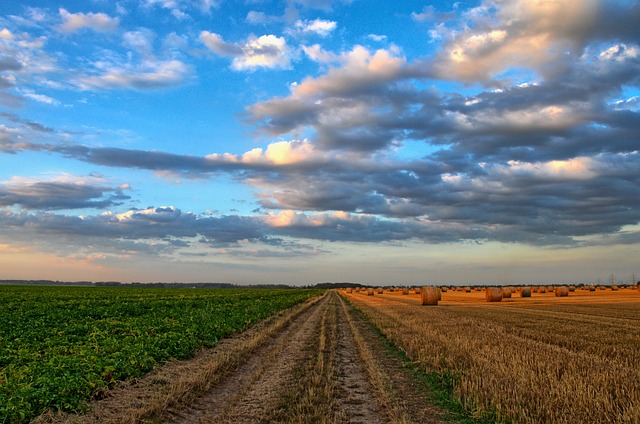
In the Riverina region of New South Wales, optimizing farm sheds for maximum storage and functionality is paramount for efficient farm operations. The design and organization of these structures directly impact their utility and the overall productivity of NSW farms. To ensure that farm sheds serve as versatile and productive spaces, it’s essential to plan with precision. Firstly, consider the types of equipment and machinery that will be stored within the shed. Arrange these items strategically to facilitate easy access and maintenance. Utilize wall-mounted racks and ceiling hooks to maximize vertical space, which is often underutilized. Secondly, implement a clear and logical layout that allows for seamless movement around the shed. This includes designing aisles wide enough for machinery to navigate without obstruction. Additionally, incorporating durable, weatherproof flooring will protect tools and vehicles from the elements and wear over time. By adopting these best practices in farm shed organization, NSW Riverina farmers can create an environment that enhances workflow and protects valuable assets. Proper lighting, ample storage solutions, and a well-thought-out space plan are key factors in maintaining an organized and functional farm shed, thereby supporting the agricultural endeavors of the region.
Regulatory Framework and Financial Incentives for Farm Shed Development in Riverina

In the Riverina region of New South Wales, the development of farm sheds is subject to a comprehensive regulatory framework designed to ensure sustainable and environmentally responsible agricultural practices. This framework includes zoning regulations that dictate where and how large-scale structures like farm sheds can be constructed. The New South Wales (NSW) Government has established the Local Land Services (LLS), which provide guidance and oversight for farm shed construction, ensuring compliance with the Rural Fires Act, the Environmental Planning and Assessment Act, and other relevant legislation. These regulations are in place to mitigate the impact on biodiversity, soil health, and water resources that are critical to the Riverina’s agricultural productivity.
Financial incentives play a pivotal role in encouraging Riverina farmers to invest in farm sheds that can enhance their operations. The NSW Government offers various grants and concessional loans through programs like the Farm Infrastructure Fund, which supports the expansion or improvement of farm infrastructure, including farm sheds. Additionally, the Regional Development Australia (RDA) committees for the Murray-Riverina region work in collaboration with local councils to provide assistance and funding opportunities for agricultural development projects. These financial incentives are aimed at not only improving on-farm storage and processing capabilities but also at upgrading facilities to increase efficiency, productivity, and profitability. Farmers are encouraged to explore these options to determine the most suitable solutions for their specific needs and to stay abreast of any new initiatives that may emerge to further support farm shed development in the region.
Riverina’s agricultural sector is poised for growth and innovation, with farm sheds playing a pivotal role in maximizing efficiency and productivity. This article has explored the critical aspects of designing and constructing farm sheds that cater to the unique needs of this diverse region. From understanding the importance of these structures to the materials and technologies driving modern construction, the selection of suitable types of farm sheds for Riverina’s agricultural activities is key. Additionally, the best practices for organizing farm sheds ensure optimal storage and functionality. With a clear regulatory framework and accessible financial incentives in place, Riverina farmers are well-equipped to develop farm sheds that not only meet their current needs but also adapt to future challenges. As Riverina continues to thrive, farm sheds will remain an integral component of its sustainable agricultural landscape.
